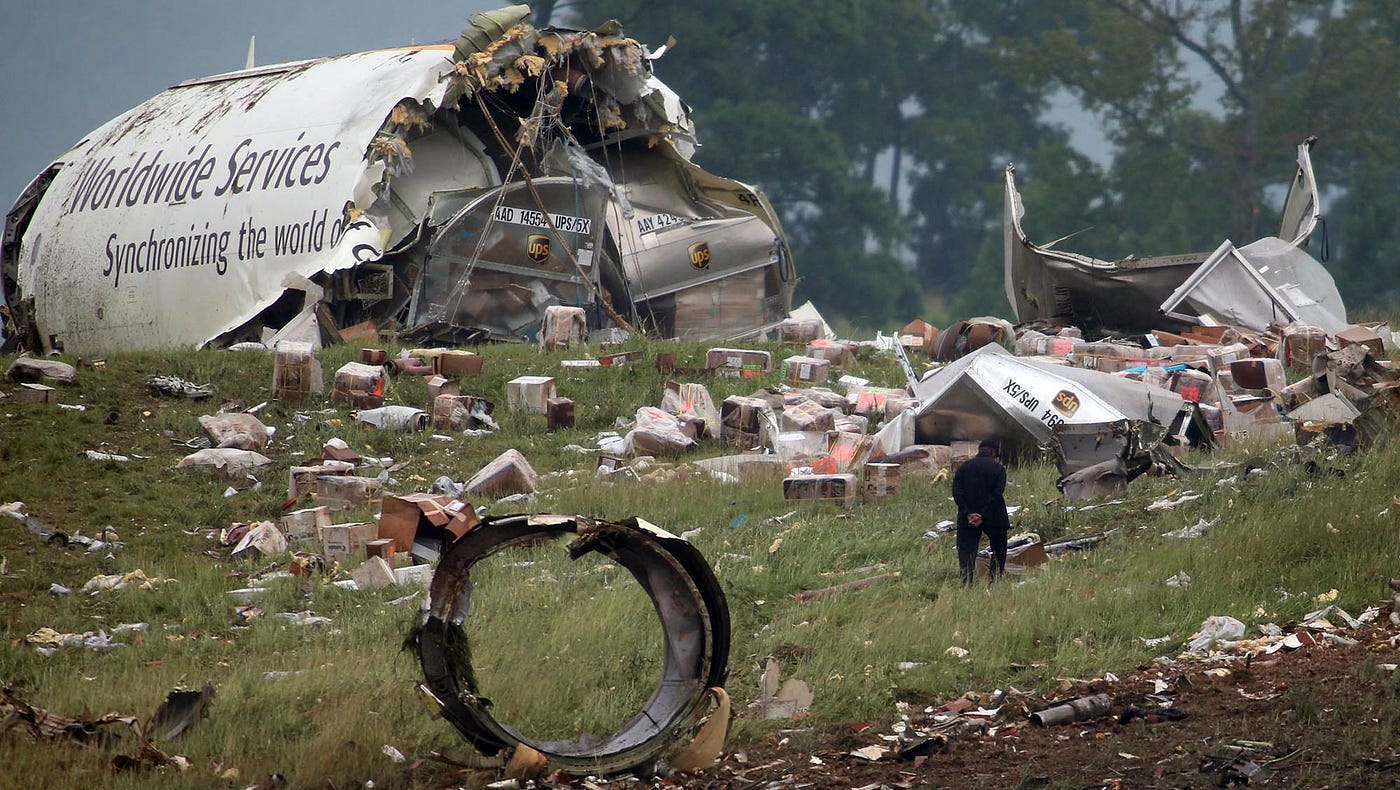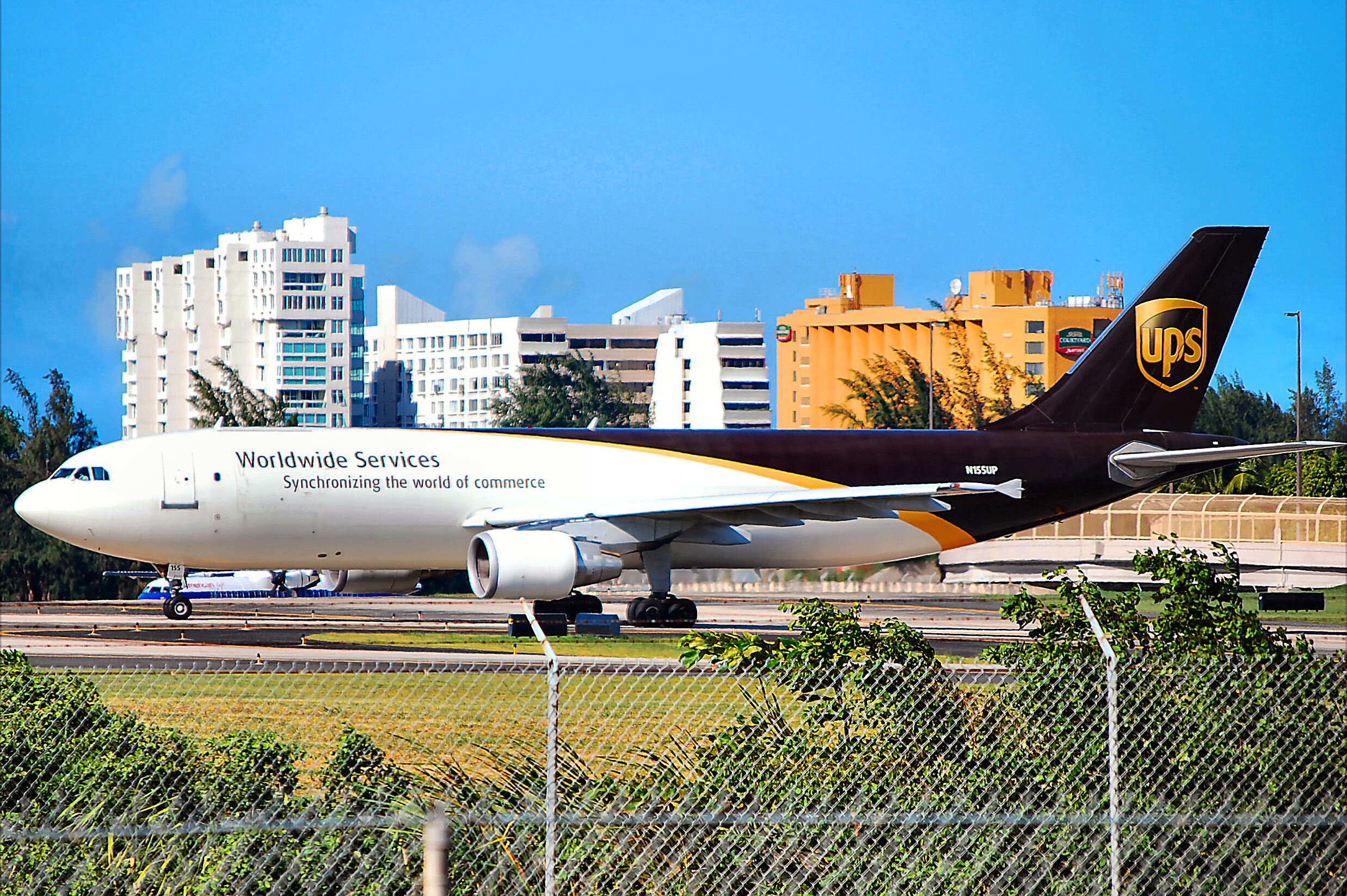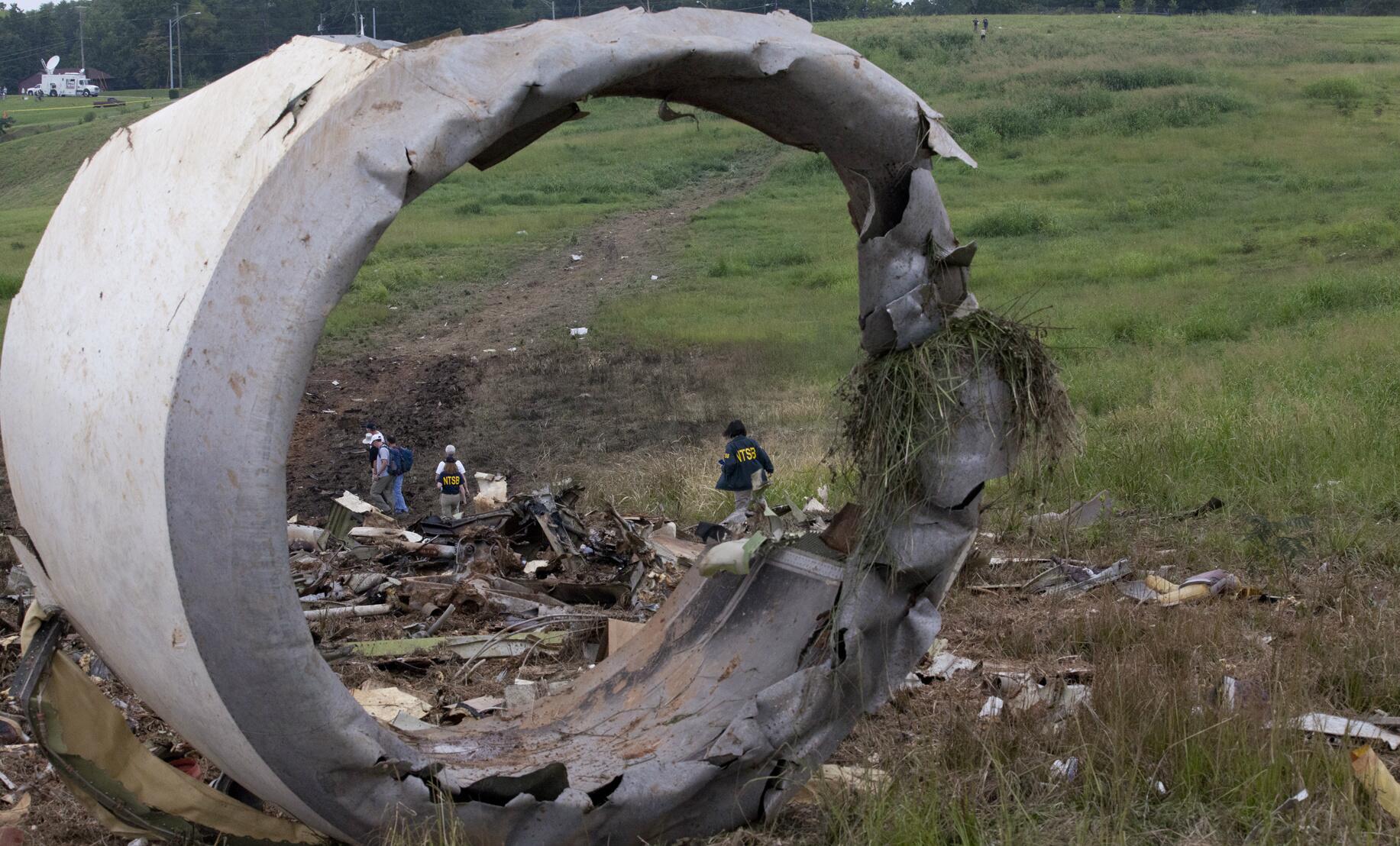
It was supposed to be a short, routine night flight. Just 45 minutes from Louisville to Birmingham. But what started as a seemingly uneventful UPS cargo run in the early hours of August 14, 2013, became one of the most chilling reminders of how fatigue, poor communication, and flawed automation can collide with devastating consequences.
The Airbus A300 freighter, operated as UPS Flight 1354, never made it to the runway. Instead, it plunged into a hillside just 400 feet from safety, killing both pilots instantly and leaving behind a trail of haunting questions that still echo in aviation circles today.
This wasn’t a crash that occurred mid-air due to mechanical failure or sabotage. It wasn’t a hijacking or a weather disaster. It was something more terrifying—an accident born in the cockpit, rooted in human decisions, subtle oversights, and a failure to challenge automation at the most critical moment.
What really happened that night paints a painful picture of a system that demands perfection from tired minds, and punishes even the smallest mistake with irreversible finality.
The captain, a seasoned UPS pilot with nearly 6,500 hours, had only recently upgraded to captain on the A300. He was respected by peers, known for being diligent and thoughtful, but records revealed past challenges with non-precision approaches and a tendency to fly below minimum descent altitudes during training.
The first officer was younger, highly regarded, and relatively fresh on the Airbus with just over 400 hours on type. However, she too had been fighting fatigue—barely staying awake during some flights, and now caught in a demanding night schedule that showed no mercy.

Both were operating in a system where cargo pilots, unlike their passenger counterparts, were exempt from the newly proposed fatigue rules.
UPS, although internally enforcing stricter limitations, had created an incentive program that indirectly discouraged pilots from calling in fatigued. If a fatigue call was deemed unnecessary, a day would be deducted from their sick bank, affecting end-of-year bonuses. This subtle pressure kept many pilots from speaking up, and in the case of Flight 1354, neither pilot used their right to step down.
The warning signs began before takeoff. The weather at Birmingham showed low clouds, and the primary runway was scheduled to be closed for light repairs between 4 and 5 a.m.—precisely when Flight 1354 was due to arrive.
This meant they would be forced to use a shorter runway without an instrument landing system, relying on a non-precision approach in the dark, at the end of a grueling night shift.
The dispatcher had noted the runway closure but failed to communicate the gravity of the situation directly to the crew. The pilots, assuming the longer runway was available, likely missed the NOTAM detailing its closure. The dispatcher, afraid of insulting the captain’s professionalism, chose silence over clarity—a silence that would become deadly.

The aircraft took off at 3:55 a.m., its massive Pratt & Whitney engines slicing through the humid Kentucky air. The captain, Pilot Flying for the leg, handled the controls while the first officer managed communications and systems. The climb was smooth, the mood in the cockpit relatively upbeat.
Both pilots had rested briefly during their layover, but sleep logs showed fragmented rest, especially for the first officer. Behind their professionalism lay growing exhaustion masked by routine. Once airborne, the flight was cleared direct to Birmingham.
In doing so, the aircraft’s navigation system erased all the other pre-planned waypoints and focused solely on reaching the destination airport. The captain and first officer accepted this without reprogramming a more realistic descent path.
The aircraft would now fly a direct track to the airport, with the expectation that at some point, the crew would intervene to initiate a proper approach. But fatigue dulls decision-making. And what followed was an eerie dance with automation.
As they neared Birmingham, air traffic control vectored the flight to intercept the localizer for Runway 18. This runway lacked an ILS, requiring the pilots to fly a non-precision approach manually. In the cockpit, confusion grew. The captain, believing they were flying an ILS, began a descent based on that assumption.
But the instruments weren’t set up for an ILS—they couldn’t be. Runway 18 had no glideslope. Yet the captain believed he was on one. He selected “vertical speed mode” and dialed in a descent rate of 1,000 feet per minute—appropriate if a glideslope was guiding them. But there was none.
The aircraft was sinking toward the terrain in darkness, with no visual cues and no vertical guidance from the autopilot. The first officer, likely too tired to fully grasp the developing danger, called out altitudes but did not challenge the descent profile. At just 400 feet above ground level, a “sink rate” warning blared in the cockpit. It was too late.
The Airbus slammed into a tree-covered hillside, breaking apart on impact and erupting in a fiery crash that was visible from miles away. Emergency crews arrived to find a hellish scene. Both pilots were dead. The fuselage was shredded, its contents strewn across the terrain.
The final moments of the cockpit voice recorder captured confusion, fatigue, and a slow realization that they were descending far too fast with no runway in sight.
The investigation revealed a cascade of errors—none of them criminal, all of them human. The captain’s mistaken belief in a non-existent glideslope. The first officer’s failure to challenge the descent. The dispatcher’s silence on the runway closure.

The company’s scheduling practices that pushed pilots into night flights with inadequate rest. Most haunting was the fact that the aircraft was fully functional.
There was no mechanical failure. The A300 had all the tools to land safely—had the pilots only followed procedure, reviewed the correct approach plate, and verified the runway status. But in the darkness of fatigue, errors compound quickly. The National Transportation Safety Board’s final report laid bare the uncomfortable truths. Fatigue was a factor. So was miscommunication.
The flight crew had descended below minimums without visual contact with the runway—one of the gravest sins in aviation. But the report also noted the broader systemic issues. Why were cargo pilots excluded from fatigue reforms? Why did corporate policy subtly discourage fatigue calls? And why did the dispatcher hesitate to share critical information for fear of offending?
The deaths of these two pilots became a rallying cry in aviation safety circles. Unions demanded equal treatment for cargo pilots. Fatigue risk management systems were reviewed.
And airlines, including UPS, began reexamining how they balanced operational efficiency with crew wellbeing. But no policy change could undo what happened on that hillside near Birmingham. The story of Flight 1354 is not just about two lives lost in a plane crash. It is about the invisible forces that lead to tragedy—the slow erosion of alertness, the pressure to push through, the trust in automation, and the unspoken rule that saying you’re tired might cost you.
It’s about a captain who tried his best, a first officer who was in over her limit, and a system that allowed both to believe everything would be fine—until it wasn’t. Their final descent, with all its warnings ignored and all its procedures undone, became a textbook case of how fatigue kills not suddenly, but silently.
And for every pilot flying the night skies, it remains a sobering reminder: the cockpit is no place for second guesses, especially when your eyes are heavy and your instincts are dull. At 400 feet, you don’t get to be wrong.



-1751774570-q80.webp)